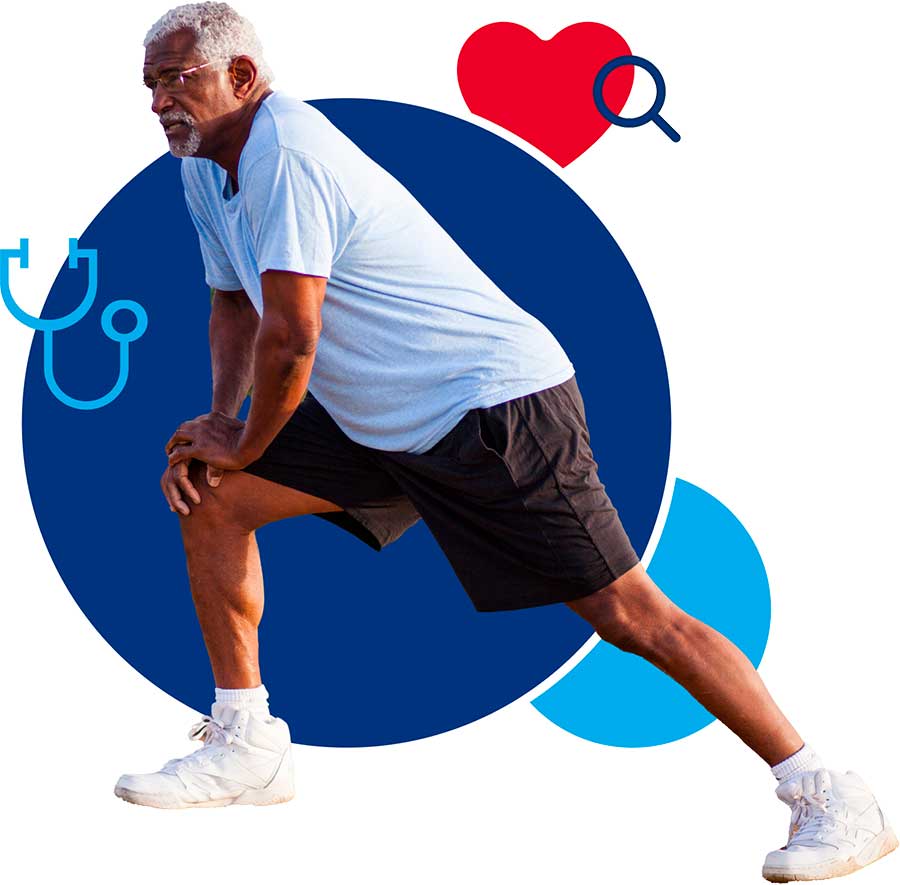It is our nation's leading cause of death, yet it's often misunderstood.4 Although sometimes referred to as heart disease, cardiovascular disease actually refers to several conditions that can affect more than just the heart.5 One serious condition that is often underdiagnosed and undertreated is peripheral artery disease, or PAD.3 PAD is a common circulatory disease that occurs when a buildup of plaque in the blood vessels causes a reduction in blood flow to the limbs, most often the legs.1 PAD is associated with serious outcomes, including heart attack and stroke.1 If left untreated, PAD can lead to serious events including heart attack, stroke, acute limb ischemia, and amputation.1
Janssen has created the Save Legs. Change Lives.TM Spot Peripheral Artery Disease Now initiative to raise awareness and educate about this serious condition and encourage screening to make sure it doesn't go undiagnosed.
Black Americans have the highest risk for PAD.2 They are more likely to develop the condition and more likely to require amputation as a result.2 Through Save Legs. Change Lives.TM, Janssen has joined forces with leading professional associations, healthcare systems, and community organizations to address these inequalities and to help ensure health equity for everyone.

Support PAD awareness, education, and screening that are at the heart of real, tangible change needed to help lower the risk of PAD-related amputations.
PAD Education Patient ResourcesPartnerships with universities, health systems, non-governmental organizations, and change makers to support and drive programs that help eliminate health bias and support inclusive care.
Our Commitments

Uncover insights that pave the way for established routine PAD screening and equitable care for communities placed at an increased risk of PAD.